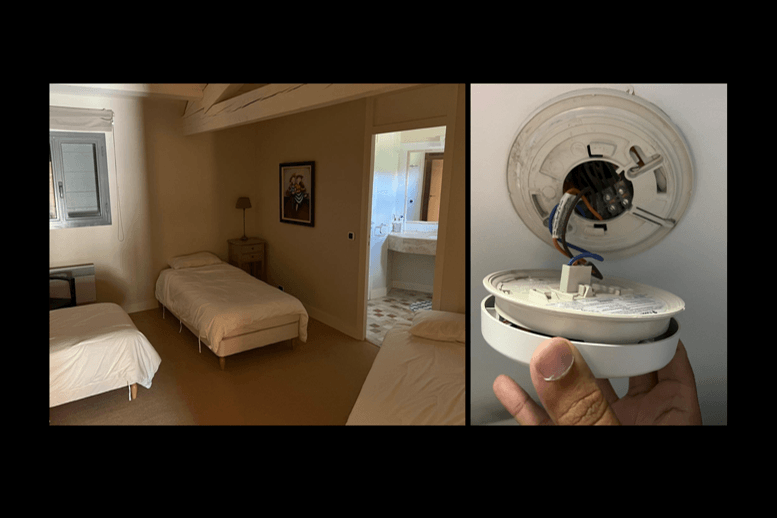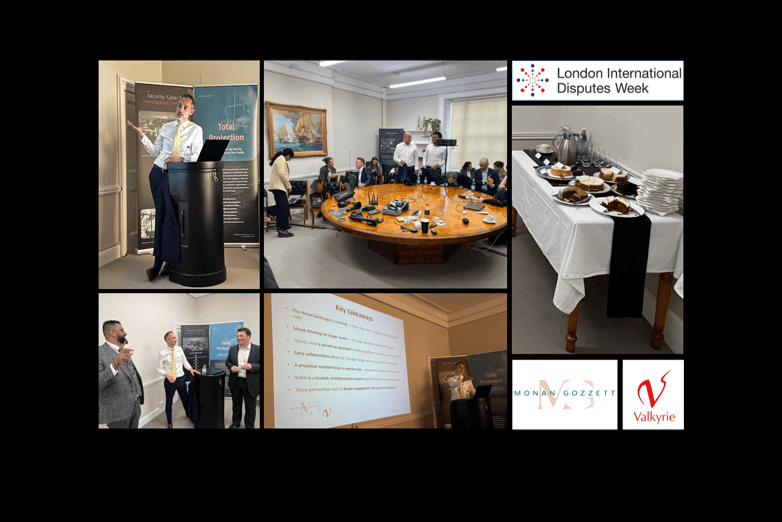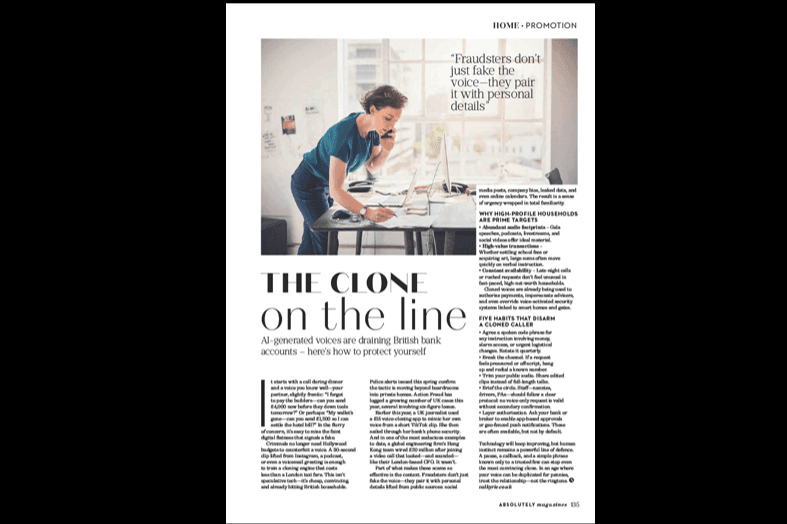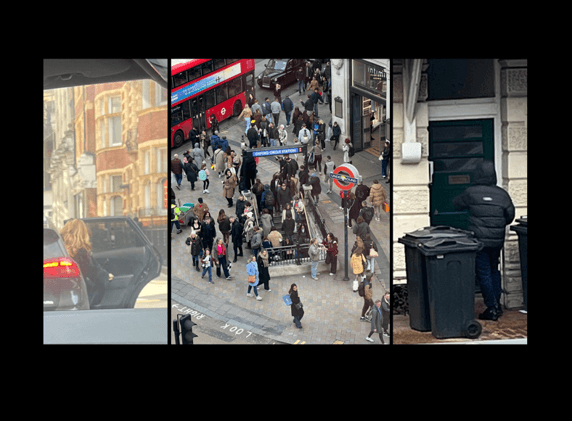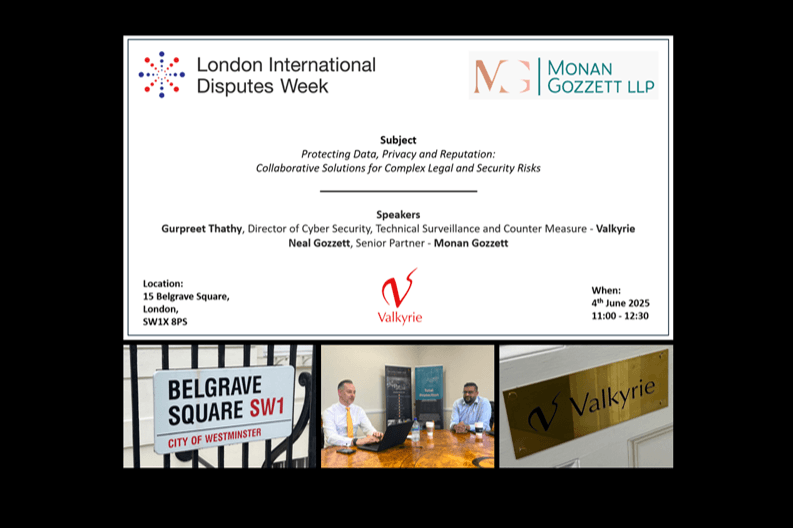Back in June we posted about an incident that resulted in a head injury, the post included the immediate action that should be taken after an incident. In the last 4 weeks, three people known to Valkyrie have had cardiac arrests (CA) – a serious medical emergency – sadly 2 incidents resulted in death, but the 3rd individual was saved by his 15 year old daughter performing Cardiopulmonary-Resuscitation (CPR) for 15mins (on her own) before the ambulance arrived, she’d been taught in a first aid class at school. Victims of sudden CA require immediate CPR to prevent damaging effects and increase the victim’s chance of survival. The majority of our staff are trained in CPR and will be attending refresher training this week. CA occurs suddenly and any of us might need to assist someone so we should all be ready for that day by learning CPR.
Cardiopulmonary-Resuscitation (CPR) is when someone gives chest compressions to a person in CA to keep them alive until emergency help arrives. If you come across someone having a cardiac arrest (CA), call 999 and start CPR ASAP. CA happens when there’s an electrical problem in the heart and it suddenly stops pumping blood around the body. When your heart stops pumping blood, your brain gets starved of oxygen. It causes the person to fall unconscious and stop breathing. Without CPR the person will die within minutes. CPR should only be done if someone is: 1) unconscious and not breathing, 2) unconscious and not breathing normally. If someone is unconscious but they’re breathing normally, call 999 and put them in the recovery position. The following is a general guide (reminder) for conducting CPR on an adult (the procedure for CPR on children/babies differs slightly).
1. Shake & shout: If you come across someone unconscious, always check for hazards to yourself before helping. Someone having a cardiac arrest will either not be breathing or won’t be breathing normally. They also won’t be conscious. Check for a response – gently shake the person’s shoulders and ask them loudly ‘are you alright?’ Shout for help – if someone is nearby, ask them to stay as you might need assistance. If you are alone, shout loudly to attract attention, but don’t leave the casualty
2. Call 999: If the person is not breathing or not breathing normally ask someone to call 999 immediately. Ask someone to find a public-access-defibrillator (PAD). If there’s no one around call 999 before starting CPR
3. Chest compressions: Kneel next to the casualty. Place the heel of one hand in the centre of the chest. Place your other hand on top of the first and interlock fingers. Position yourself so your shoulders are directly above your hands. With straight arms, use the heel of your hand to push the breastbone down firmly/smoothly, so that the chest is pressed down between 5-6cm, and release. Do this at a rate of 100 to 120 compressions per min (approx. 2 per-sec)
4. Keep going: until professional/emergency help arrives and takes over, or the person starts to show signs of regaining consciousness, such as coughing, opening their eyes, speaking, or breathing normally. If you’re tired, and there’s someone nearby to help, ask them to take over giving CPR. You can show them what to do and take turns until help arrives.
5. Use a defibrillator: if a defibrillator is found turn it on and follow the instructions. The defibrillator will decide whether a shock is needed and if so, it will tell you to press the shock button. An automatic defibrillator will shock the person without prompt. Don’t touch the person while they’re being shocked.
6. Rescue breaths: If trained in CPR, including rescue breaths, and you feel confident using your skills you should give chest compressions with rescue breaths. If you’re not confident attempt hands-only CPR instead. If you do give rescue breaths, give 2 after 30 pumps of the chest. Tilt the casualty’s head back gently and lift the chin up with 2 fingers. Pinch their nose, seal your mouth over theirs and blow hard for about 1-sec, do this twice. Then continue pumping the chest for count of 30. If you don’t feel confident with rescue breaths continue with chest compressions only – it’s still effective at keeping the heart pumping.
#cpr #firstaid #cprtraining #firstaidtraining #cprsaveslives #training #defibrillator #cardiacarrest #cardiopulmonaryresuscitation #999 #valkyrie





